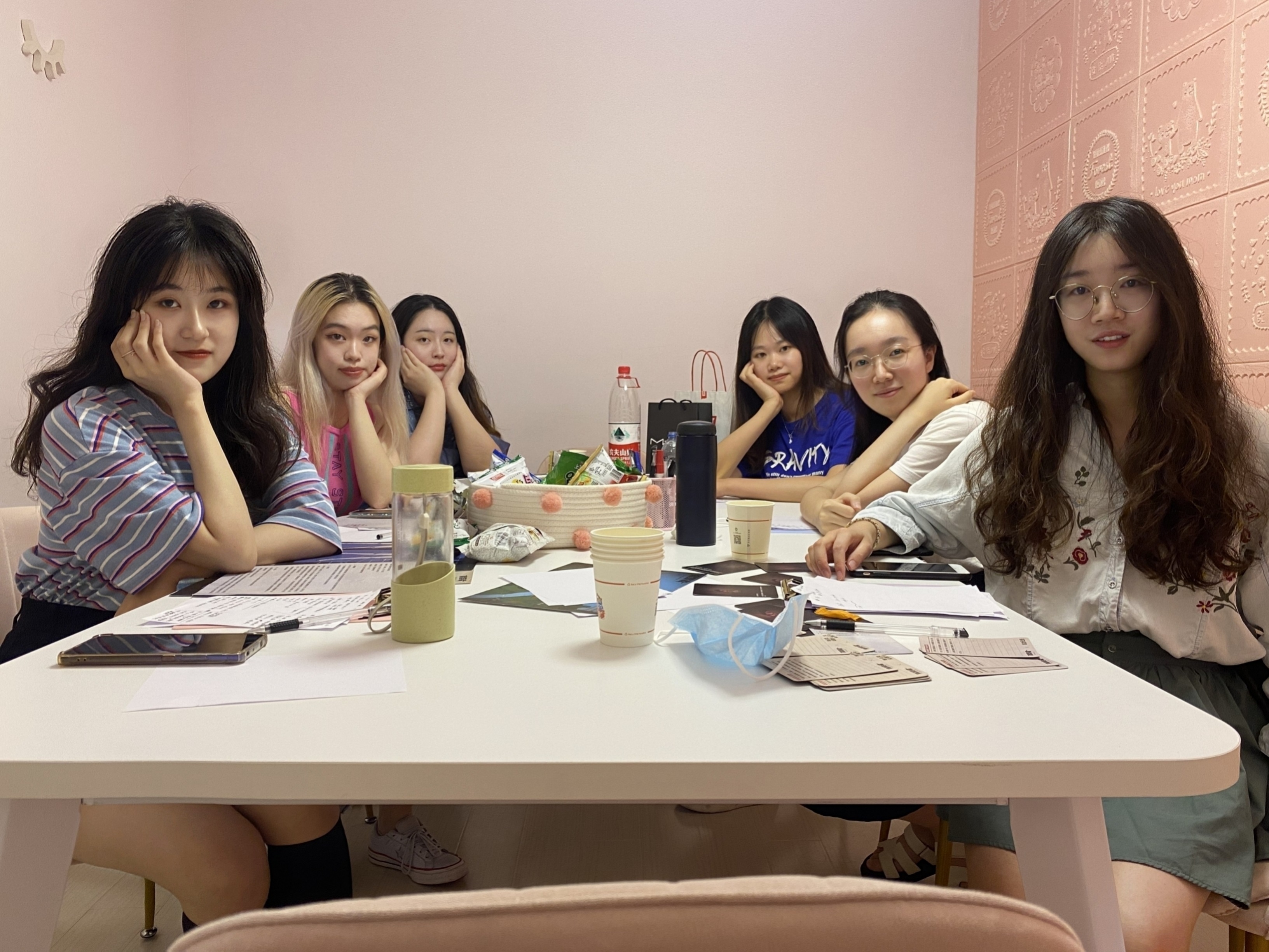28 Oct 2021
The demand for domestic workers, namely Baomu, is at an all-time high. According to People’s Daily, among the 190 million urban families in China, 15% of them require domestic services; however, the industry’s maturity is not yet keeping up with its expansion.
Faced with the significant market demand, the number of clients who claimed great difficulty finding a good Baomu is increasing. It can also be easily noticed that negative news regarding Baomu can create a public outcry expeditiously.
Why this social group has been prejudiced and stereotyped as the “others” and the “evil women”? Supervised by Dr Xianwen Kuang from the Department of Media and Communication and Dr Xi Liu from the Department of China Studies, six students from the School of Humanities and Social Sciences have contributed to exploring the portrayal of female domestic workers in newspapers and social media.

“We discovered that Baomu in China reflects more heterogeneity. Generally speaking, they don’t have unified originality.” Chenyu Yan, one of the SURF team members, says.
“The majority of them are rural migrant women from the less developed areas in China, while others are local laid-off workers. Due to lack of knowledge and legal protection, they are inevitably and constantly marginalized.”
Similar to other marginalized social groups, the media provides limited platforms and opportunities for Baomu to make their voices heard. In the face of the criticism, they can do nothing but be swept along by public opinions.
The SURF team sampled 630 news articles related to the term “Baomu” over three years from July 2018 to July 2021, including 520 news articles from the newspapers and 110 news articles from popular WeChat Official Accounts.

The analysis was then carried out from the three perspectives, agenda, tone, and frame: “The agendas can be used to help the audience cognitively understand Baomu, the tone, however, can elicit the audience’s emotions, and the frames can therefore shape the cognition of the audience towards an issue.”
“We identified that newspapers prefer to guide people to reflect on market expectations and economic growth. The general tone tends to be positive when reporting a certain issue, and newspapers tend to address role model image.” Jialu Sun, another team member, explains.
“It is very understandable that newspapers, regardless of state-owned or not, are the official channels. They should be neutral in news reporting to dispel social stigma and prejudice against Baomu.”
Actively seeking solutions and taking care of people’s daily lives, the country’s economic growth, and industrial development, the role of newspapers is to maintain social stability.
“Social media, on the other hand, is more aggressive in terms of content.”Jialu says, “They are more inclined to depict Baomu negatively by relating them to the more sensational topics of sexuality and marriage, which could attract more public attention and can increase hits on their articles.”
Social media is a powerful communication medium with widespread influence over cities as well as remote areas. In addition, it has a long-lasting impact on people’s thinking and understanding, and it has now become an integral part of people’s lives.
Too much negative commentary and reporting on social media can only lead to biased perceptions and increased social tensions; therefore, social media could empower marginalized groups by allowing them to voice themselves out. Baomu as the “others” can be better understood and accepted by the general public.
The team members also suggest that: “social media have taken a crucial role in people’s daily communication nowadays. They ought to take more social responsibilities by showing solicitude for the socially marginalized or vulnerable groups instead of demonizing them for click rates and commercial interests.”
By Ying Jiang
28 Oct 2021







